For any SAHMs, the reselling game is the perfect side hustle, because you can do all your work in that semi-free time while you’re home with your kids.
Flipping merchandise for a profit becomes easier and more doable all the time, thanks to convenient reseller apps with handy features. This breakdown of the apps you need for your resale hustle will show you where to sell everything and how to make more money while you’re at it.
1. Use eBay’s app to upload photos and respond to user requests.

Don’t use eBay exclusively on your computer. Their app offers some major perks like a faster photo upload process (way faster!) and the ability to communicate with potential buyers on the go.
- Available on: Android and iOS
- Cost: eBay’s app is free to use, and their listing fees range from free to $750, all depending on how many items you sell per month and which listing options you select.
- Best feature: Uploading photos through the app saves me a ton of time, and being able to respond to user requests from my phone helps me maintain positive user feedback to avoid losing sales. If you don’t answer questions promptly, buyers will often contact a different seller.
- Important considerations: The full site has more options than the app (like editing, shipping, or viewing account statistics), so don’t rely entirely on the app.
2. Use the Amazon Seller app to track your business, adjust prices, and communicate with customers on the go.
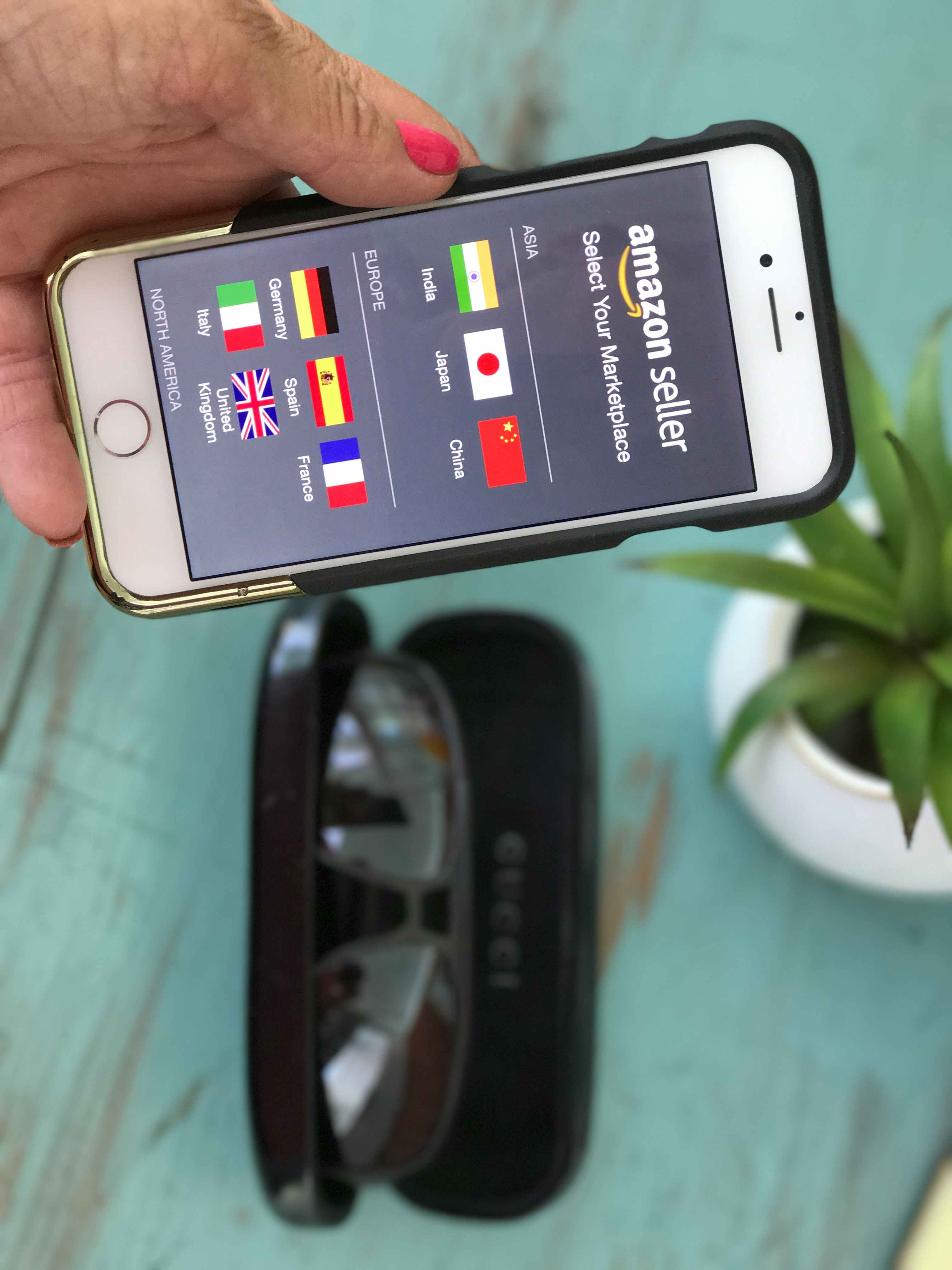
The Amazon Seller app makes managing your business easier and more accessible.
- Available on: Android and iOS
- Cost: The Amazon seller app is free to use, but like eBay, their selling fees have a wide range.
- Best feature: Again, returning customer emails faster makes a huge difference. Plus, the ability to adjust prices and view all relevant account statistics on the fly make reselling more manageable for busy moms.
- Important considerations: While the Amazon Seller app lets you scan barcodes to reveal relevant information about the listing, it lacks key features from the sourcing apps below. I only use it when I want to double-check if an item is restricted (not approved for sale on Amazon).
3. Use Profit Bandit to decide what to buy.

If you just take a guess when purchasing inventory, you’re not maximizing your profit! There are a lot of apps that let you scan barcodes in–store to check resell value and viability. Check out why Profit Bandit is my favorite:
- Available on: Android and iOS
- Cost: The app is free to download and test on a few items. After that, it costs $9.99/month.
- Best feature: Profit Bandit does everything Amazon Seller lacks, like links to camelcamelcamel, Keepa, eBay, and Google results; shows all prices instead of just lowest and highest; calculates your profit based on 15 factors; and lets you create a Buy List. Plus, it integrates with Bluetooth barcode scanners! Profit Bandit should also be able to alert you of restricted items.
- Important considerations: You must connect your Pro Merchant account to use the app.
4. Use Scoutify and Stratify to track inventory.
Scoutify is essentially the same as Profit Bandit, but it comes as a package deal with InventoryLab’s sister product, Stratify, which is an inventory management software. When your garage starts to feel like a warehouse, it’s time to upgrade.
- Available on: Android and iOS
- Cost: You can try this InventoryLab duo free for 30 days. After that, it costs $69/month or $690/year.
- Best feature: Scoutify has all the same features as Profit Bandit except it does not recognize restricted items. Larger resellers will still prefer them for the seamless integration of the inventory sourcing app and inventory management software, which I’ve never seen anywhere else.
- Important considerations: This app also requires you to connect your Pro Merchant account, and you’ll want to double-check for restricted items with Amazon Seller.
5. Sell gently used clothes with Thredup.

Thredup sends you a “Clean Out Kit” for gently-used clothes from mid-range brands, then sells accepted clothes on your behalf. You can request Return Assurance for any unaccepted items or donate them.
- Available on: Android and iOS
- Cost: Thredup is free to use. Their selling fees vary, but you can get a pretty good idea of the percentage you’ll make in their Payout Estimator.
- Best feature: Thredup does all the hard work for you, and I love that they offer store credits and coupons through their referral program.
- Important considerations: If you do not request Return Assurance, you will not get your items back, even if they don’t sell. And remember, items with any defects like stains, tears, or pilling always get rejected.
6. Sell large items locally on Offerup.
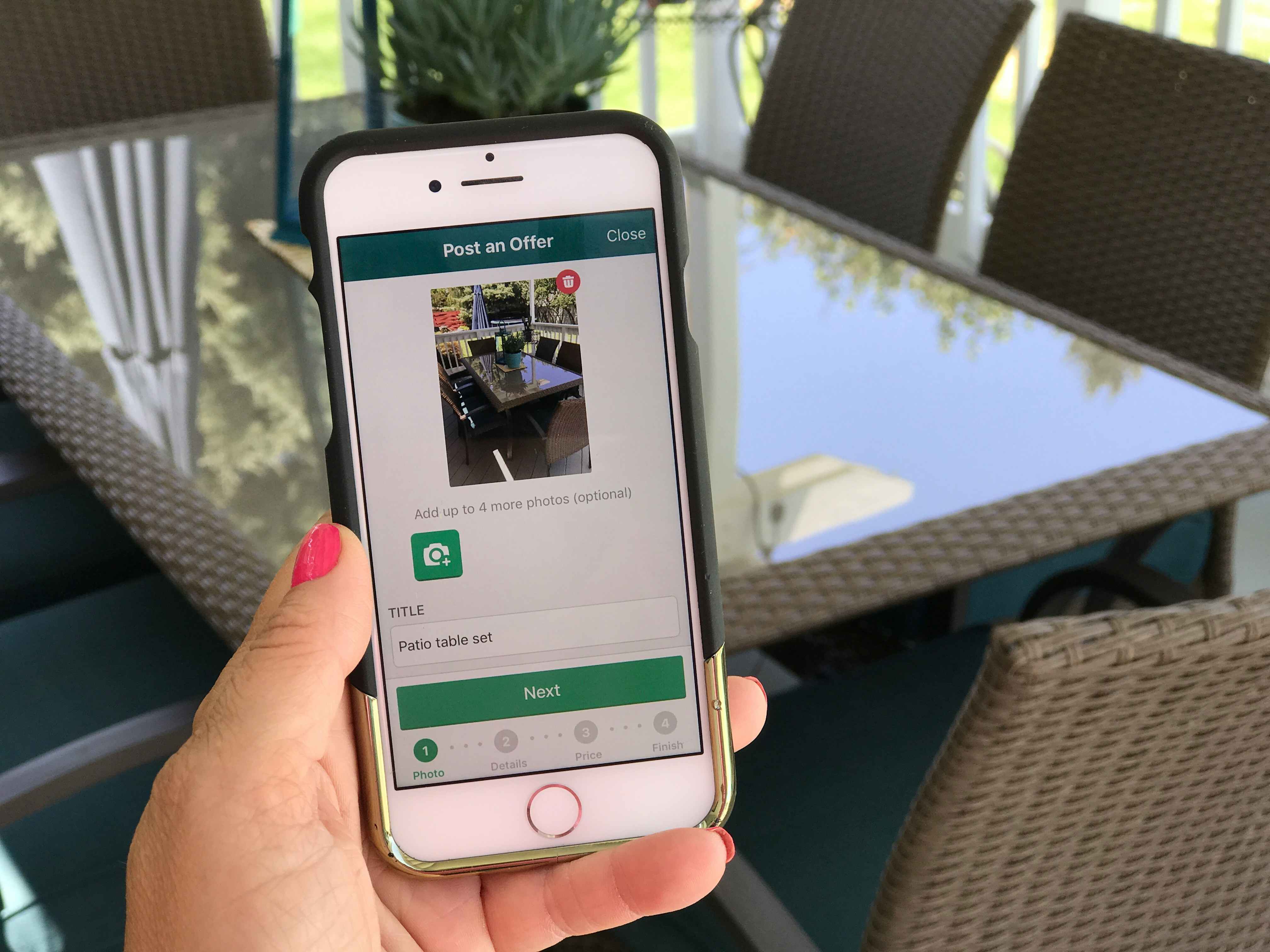
Normally, I’d recommend selling large items like furniture or anything else you don’t want to ship via Craigslist. But if you’re hesitant about selling in person, Offerup’s structure and verification program can put you at ease.
- Available on: Android and iOS
- Cost: Offerup is entirely free to use. Selling items in person means you keep 100% of your sale.
- Best feature: Offerup’s TruYou verification program lets users verify their identity via Facebook, official IDs, and personal reviews so buyers and sellers can build confidence before meeting up.
- Important considerations: Offerup’s customer care team will investigate any issues that arise and coordinate with law enforcement if necessary. But it’s still important that you play it smart and safe for any in-person sales.
7. Sell vintage and designer pieces through Poshmark.

When you score a used vintage or high-end product, Poshmark users want it! Their layout is reminiscent of Sephora shopping, complete with themes, collections, and tons of user feedback.
- Available on: Android and iOS
- Cost: Poshmark is free to use. They take a $2.95 commission on sales up to $15, and a 20% commission on sales over $15.
- Best feature: Poshmark now offers authentication for frequently knocked-off labels like Chanel, Prada, and Gucci, which is essential for customer confidence. Plus, once an item sells, their shipping process is super simple.
- Important considerations: Only limited designs and sizes sell well on Poshmark, so you may end up pulling some of your items to sell elsewhere. At least there’s no listing fee, so it doesn’t hurt to try!
8. Sell anything offbeat on Depop.

Depop users gobble up the weird, funky, and offbeat. This is the place for your retro accessories and funky pieces.
- Available on: Android and iOS
- Cost: Depop lists items for free and takes a 10% commission on the final price paid. Other small fees may apply depending on the type of sale.
- Best feature: It seems like the weirder the better with Depop, so this is a great outlet for items you might struggle selling elsewhere. In addition to clothes, I’ve seen art, music, even skateboards!
- Important considerations: Depop only makes payouts to your bank account. Usually funds show up within a few minutes to a few hours. On busy days or weekends, it can take 48-72 hours.
9. Simplify electronics sales with Gone.
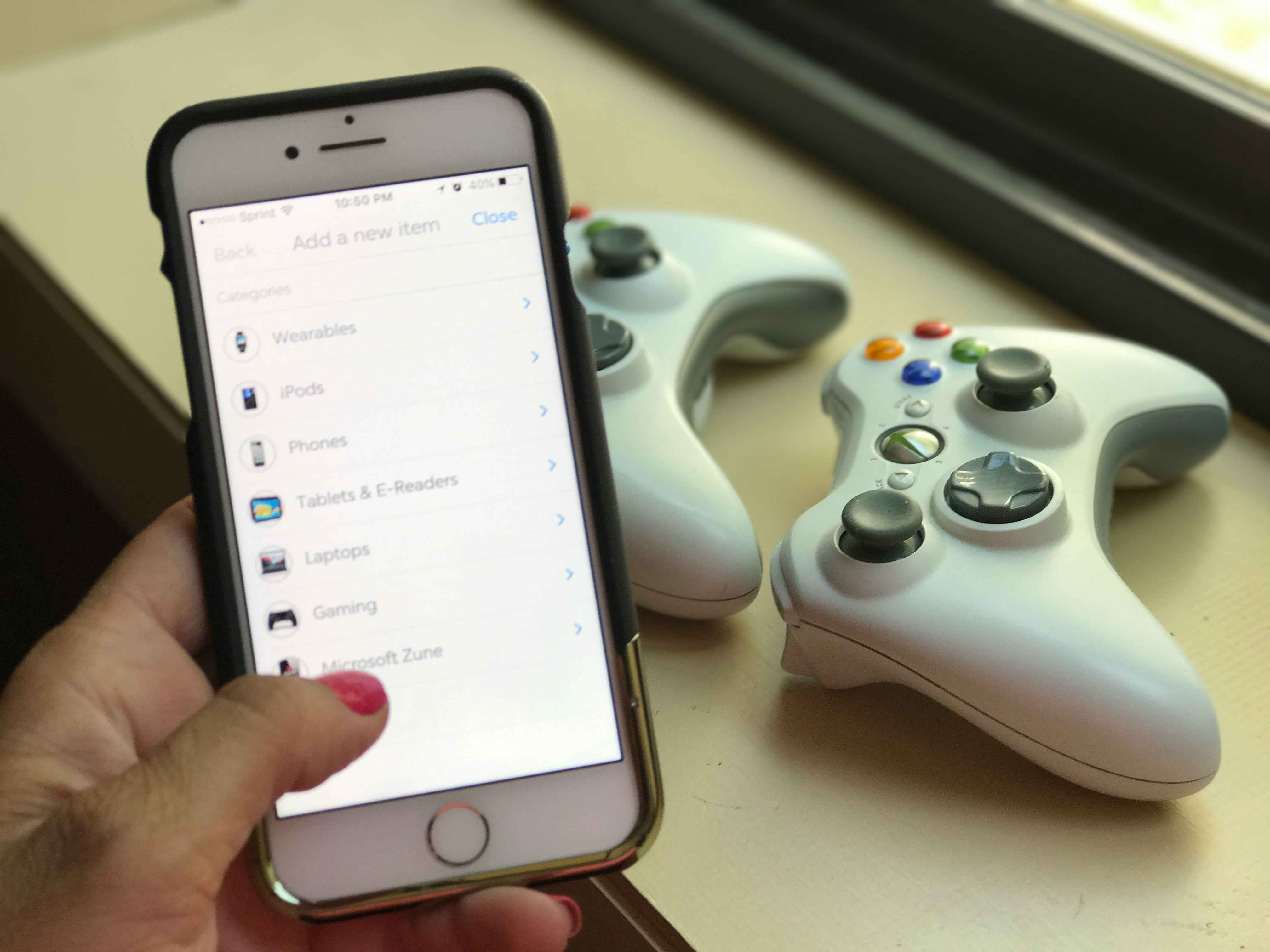
If you don’t know much about electronics, it can be difficult to sell them efficiently or accurately on your own. So get Gone!
-
- Available on: iOS only, Android version in development
- Cost: Using Gone is totally free. You’ll either make what they offer you or get your item back.
- Best feature: Like ThredUp for electronics, Gone does all the heavy lifting. Just text them a picture and some basic info! If Gone makes you an offer and you accept, they’ll pick up the item or arrange shipping, sell the item for you, then pay out the amount offered. If your item doesn’t sell, they may issue a lower offer and re-list or return your item for free.
- Important considerations: You can connect your PayPal or debit account for cash-outs or opt for Amazon gift cards.
Check out the following links for more ways to make extra cash!
11 Tips on Making Money Selling Used Clothes Online
17 Companies That Send You Products to Test for Free
14 Receipt Apps That Reward You for Shopping
UP NEXT: 11 Things You Should Always Buy Online to Get the Best Deal










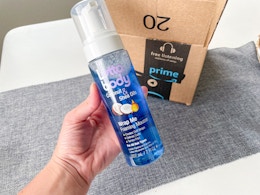


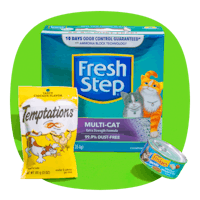

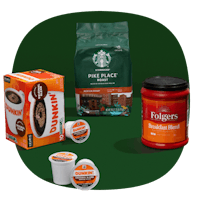
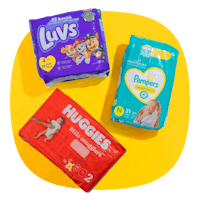
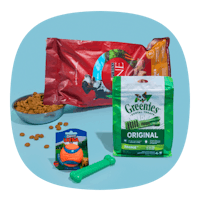

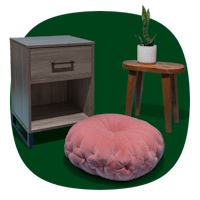
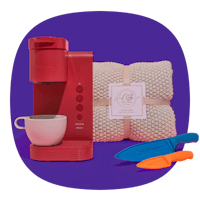
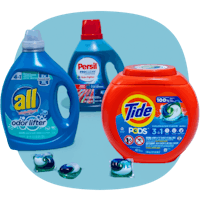
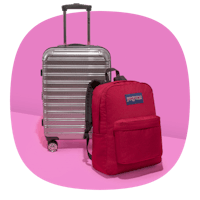


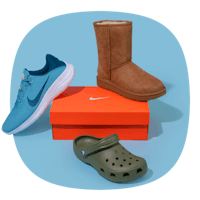

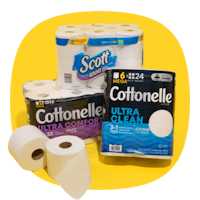

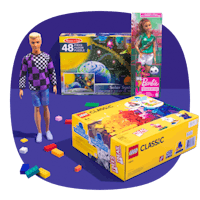

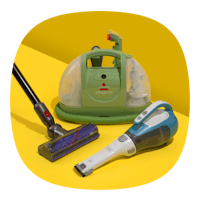
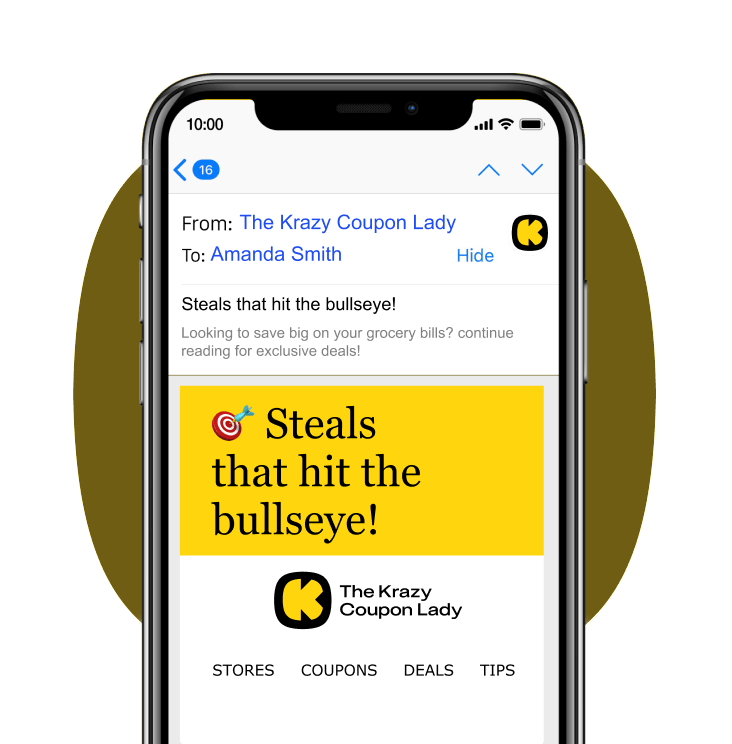
Tell us what you think